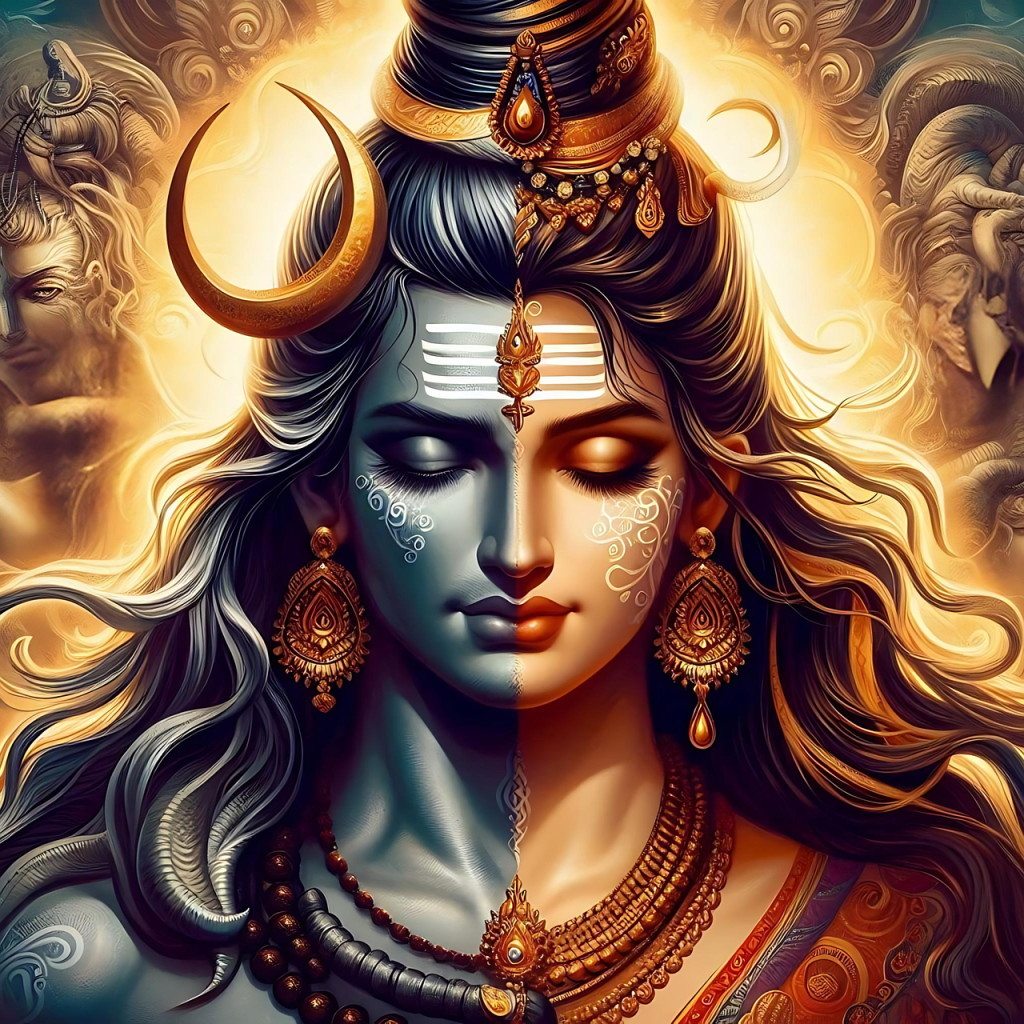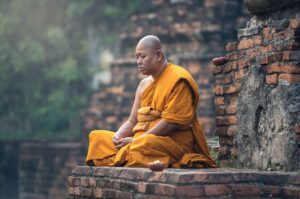The concepts of the Divine Masculine and Divine Feminine appear across spiritual traditions, philosophy, and modern psychology, representing complementary energies that exist within all individuals and the cosmos. Divine Masculine & Feminine Balance is fundamental to harmonious living. These principles are not strictly tied to gender but rather to universal forces—active/receptive, structured/fluid, giving/nurturing—that, when balanced, lead to harmony in relationships and personal growth.
-
Eastern Spiritual Traditions
Taoism (Yin & Yang)
- Yin (Divine Feminine): Receptive, intuitive, nurturing, fluid, dark, passive, associated with the moon and earth.
- Yang (Divine Masculine): Active, logical, protective, structured, light, assertive, associated with the sun and sky.
- Balance: The Tao Te Ching emphasizes harmony between these forces—neither should dominate. A healthy relationship (or individual) balances both.
Taoism also has a very comprehensive manual for using sex as an advanced healing practice (The Tao of Sexology) in that the male should conserve and re-employ their jing (semen, intrinsic power) to strengthen and further empower him in direction and that the feminine should express her feminine power by her intuition, nurturing and creative force. This will lead to a divine masculine & feminine balance within a sacred union.

Hinduism (Shiva & Shakti)
- Shiva (Divine Masculine): Consciousness, stillness, wisdom, and detachment.
- Shakti (Divine Feminine): Energy, creativity, dynamism, and manifestation.
- Union: Their sacred marriage symbolizes the interdependence of masculine structure and feminine power—one cannot exist without the other.
This sacred union is expressed fully in tantric sex where the deepening and enhancing of love through sex practices. The complete loss of the ego and consequently ascension into higher spiritual planes is one result. The conservation (non-ejaculation) and movement of masculine power and energy from the top (crown chakra) down for the male, and the releasing of the Kundalini and movement upward and release of Amryta (sacred fluid) for the female is the other benefit.
Buddhism (Wisdom & Compassion)
- While not explicitly framed as masculine/feminine, Buddhist traditions often pair:
- Wisdom (Prajna, Feminine): Insight, emptiness, intuition.
- Compassion (Karuna, Masculine): Active love, skillful action.
- In Tantric Buddhism, the union of these leads to enlightenment.
-
Modern Interpretations (Jungian & New Age Thought)
- Carl Jung’s Anima & Animus:
- The Anima (inner feminine in men)represents emotion, intuition, and relational depth.
- The Animus (inner masculine in women)embodies logic, direction, and assertiveness.
- Integration of these leads to psychological wholeness.
- New Age Spirituality:
- Popularized the idea of balancing these energies for self-growth and better relationships.
- Often framed as healing wounded masculine (toxic dominance) and wounded feminine (excessive passivity).
It must be noted that this has been mishandled and interpreted as masculinity being toxic and toxic femininity being labelled as empowered.
-
Application in Relationships
For more successful relationships, the key is balance within oneself and with a partner:
For Individuals:
- Healing Wounded Energies:
- Wounded Masculine: Control, emotional suppression, rigidity.
- Wounded Feminine: Codependency, lack of boundaries, emotional volatility.
- Traumatised Child: Must be healed so that behavior is fully adult.
- Cultivating Both Energies:
- A man embracing his Divine Femininebecomes more emotionally present and nurturing.
- A woman embracing her Divine Masculinebecomes more linearly expressed and self-defined.
It is a mistake to think that changing roles leads to more understanding. One must respect and embrace gender differences. If one is gay, be gay – this is quite normal and happens in around the same percentage in the animal kingdom. What is dangerous is thinking that being gay means you are the other sex – that is NOT the case.
For Couples:
- Sacred Polarity: Relationships thrive when there’s a dynamic interplay (not necessarily gender-based). However, it has been seen that both genders find the other fully expressing their own very arousing.
- One partner may hold more masculine energy(direction, protection), the other more feminine energy (nurturing, flow) at any given time but like the yin yang symbol it is a small part of the main defining energy.
- However, roles can have fluidity—both partners should access both energies when needed.
- Tantric & Taoist Practices:
- Conscious intimacy (eye-gazing, breathwork, meditation, advanced sex training, ascension) to deepen energetic exchange and improve spiritual and physical health.
- Seeing the partner as a mirror for one’s own growth and a vital part of each other’s completeness energetically
Key Takeaways for Success:
- Self-Integration: Balance both energies within yourself before seeking them in a partner.
- Sacred Reciprocity: Allow natural polarity (giving/receiving, leading/surrendering) without rigid gender roles.
- Healing & Awareness: Identify and heal imbalances (e.g., overbearing masculinity or suppressed femininity).
- Conscious Relating: Use spiritual practices (meditation, tantra) to deepen connection beyond ego.
When both partners embody their Divine Masculine (clarity, purpose, strength) and Divine Feminine (love, intuition, grace), relationships move from conflict to sacred union.
For more details on practices, please see Ioannis’ Youtube channel membership.




